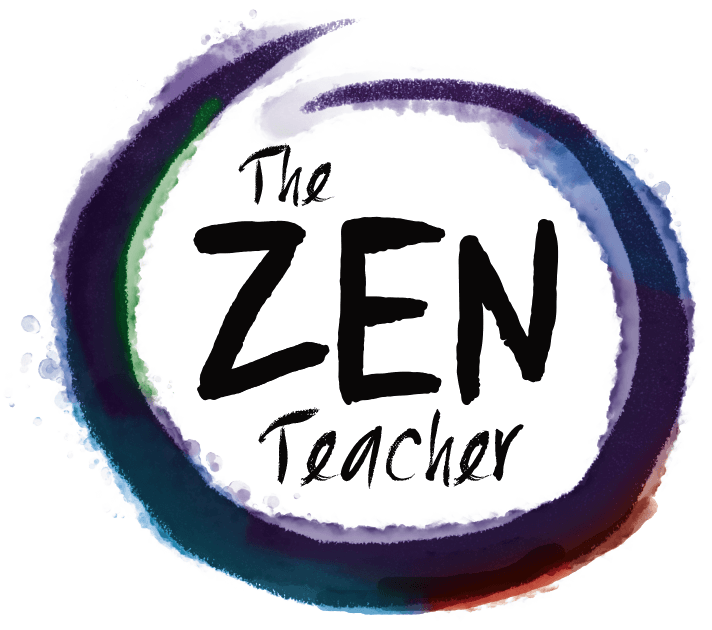I see Zen Teaching the same way. Making a difference in the classroom not only takes technology, whether we’re talking about a laptop or a dry erase marker, but takes an intuition, creativity, and sense of artistry. So next week, when our staff is called back to the trenches, I’m going to re-enter my classroom with a new perspective. One of reduction. Streamlining. Simplicity. I’m going to start with my desk. And then the counter by the window. And then my office. I plan to remove every button and feature that’s not absolutely necessary. Eliminate distractions.
Less emphasis on the technology, more on the art.
My plan is to make my classroom as sleek, intuitive, and user-friendly as an iPad.
It’s time to Think Different. TZT
